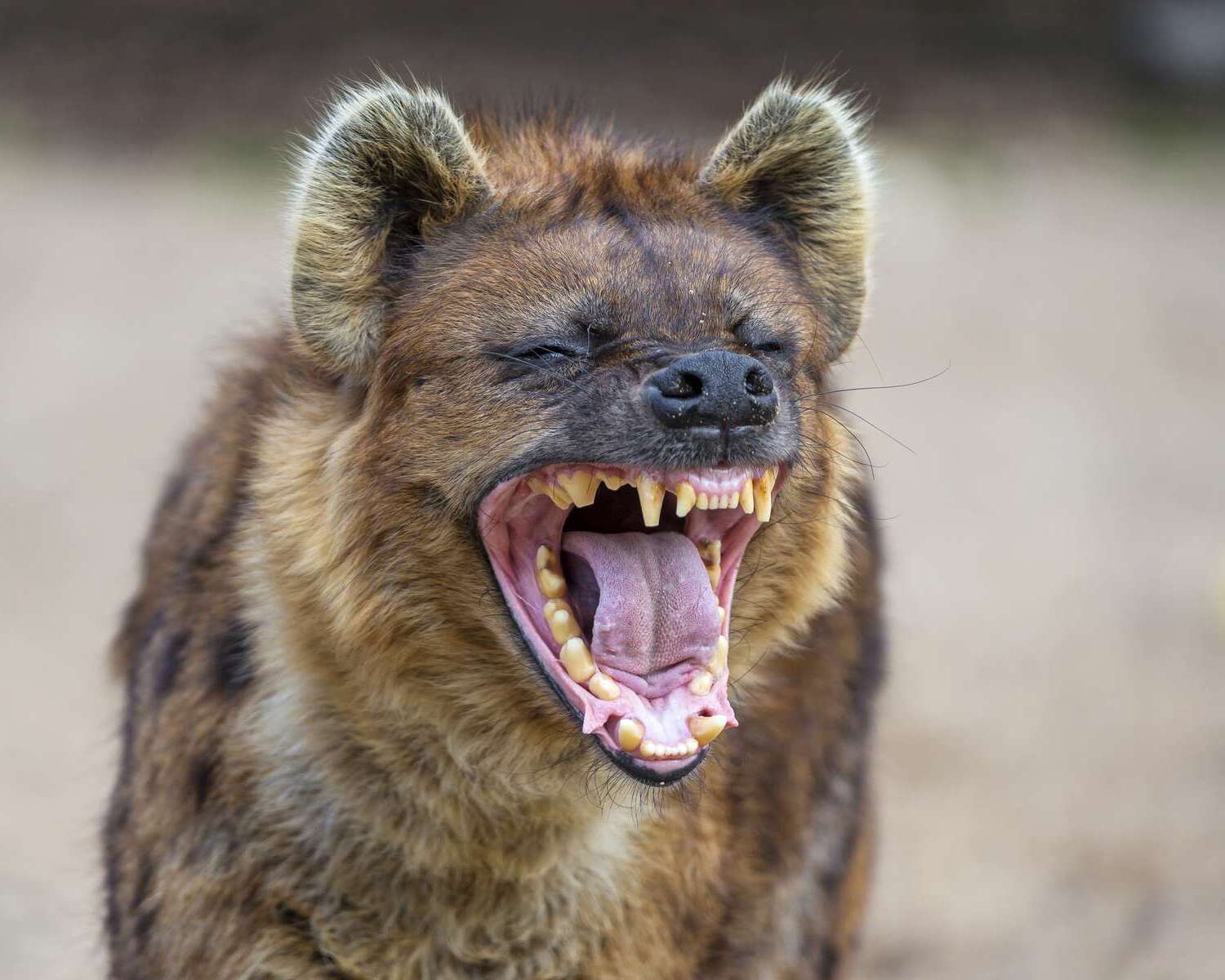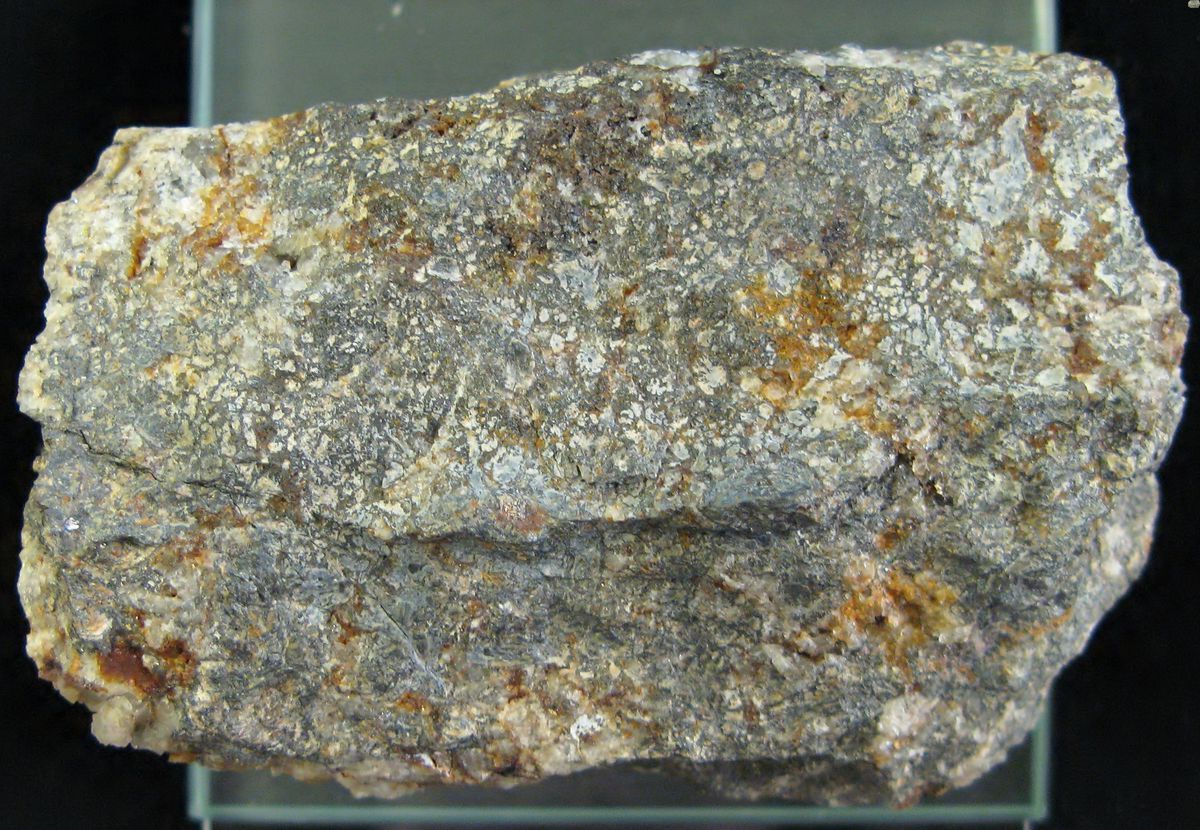
Ever wondered which animals have the most powerful jaws? From the deep sea to dense jungles, some creatures possess jaw strength that can crush bones, shells, and even metal. These animals use their incredible bite force for hunting, defense, and survival. Imagine a crocodile's jaw snapping shut with the force of a car crash or a hyena's teeth breaking through thick bones like they're made of paper. Understanding the power behind these jaws not only fascinates but also helps us appreciate the diverse adaptations in the animal kingdom. Ready to learn about the mightiest biters on Earth? Let's dive into the world of jaw-dropping facts!
Key Takeaways:
- The animal kingdom is full of creatures with incredibly powerful jaws, from saltwater crocodiles to domestic dogs. These jaws help them hunt, defend, and survive in their environments.
- Prehistoric creatures like the Tyrannosaurus rex and Megalodon had some of the most powerful jaws ever known, allowing them to dominate their ancient environments with formidable bite forces.
Powerful Jaws in the Animal Kingdom
The animal kingdom is full of fascinating creatures, many of which possess incredibly powerful jaws. These jaws serve various purposes, from hunting to defense. Let's dive into some amazing facts about these formidable features.
-
The saltwater crocodile has the strongest bite force of any living animal, measuring up to 3,700 pounds per square inch (psi). This immense power allows it to crush bones and capture large prey with ease.
-
Great white sharks can exert a bite force of around 4,000 psi. Their serrated teeth and powerful jaws make them efficient predators in the ocean.
-
Hyenas have a bite force of approximately 1,100 psi. This strength enables them to break through bones and access the nutritious marrow inside.
-
The jaguar's bite force is about 1,500 psi, the strongest of any big cat relative to its size. Jaguars can pierce the skulls of their prey with a single bite.
-
Alligators can generate a bite force of up to 2,980 psi. Their powerful jaws help them catch and hold onto prey, even underwater.
Unique Jaw Adaptations
Some animals have developed unique jaw adaptations that give them an edge in their environments. These adaptations can be quite surprising and fascinating.
-
The Tasmanian devil has a bite force of 553 psi, which is impressive for its size. This allows it to consume almost every part of its prey, including bones.
-
The hippopotamus has a bite force of around 1,800 psi. Despite being herbivores, their powerful jaws can be used for defense and fighting.
-
The black piranha has a bite force of 72 psi, which is remarkable given its small size. This force is enough to tear through flesh and bone.
-
The coconut crab has the strongest bite force of any crustacean, measuring up to 740 psi. This enables it to crack open hard shells and coconuts.
-
The giant otter has a bite force of 239 psi. This helps it catch and consume a variety of prey, including fish and crustaceans.
Jaw Power in Prehistoric Creatures
Prehistoric animals also had some of the most powerful jaws ever known. These ancient creatures used their jaws for hunting and survival in their harsh environments.
-
The Tyrannosaurus rex had a bite force estimated to be around 12,800 psi. This made it one of the most formidable predators of its time.
-
Megalodon, an ancient shark, had a bite force of about 40,000 psi. This allowed it to prey on large marine animals, including whales.
-
The Dunkleosteus, a prehistoric fish, had a bite force of 8,000 psi. Its powerful jaws could crush the armor of other ancient fish.
-
The Sarcosuchus, a prehistoric crocodile, had a bite force of 18,000 psi. This massive predator could take down large dinosaurs.
-
The Smilodon, or saber-toothed tiger, had a bite force of 1,000 psi. Its long canines were used to deliver fatal bites to its prey.
Jaw Strength in Insects and Arachnids
Insects and arachnids might be small, but some possess incredibly powerful jaws relative to their size. These jaws help them capture prey and defend themselves.
-
The bullet ant has powerful mandibles that can deliver a painful bite. These mandibles are used for defense and capturing prey.
-
The trap-jaw ant has mandibles that can snap shut at speeds of up to 145 mph. This rapid movement helps it catch prey and defend against threats.
-
The Hercules beetle has strong mandibles that it uses for fighting and breaking down food. These mandibles can lift objects many times the beetle's weight.
-
The camel spider has powerful jaws that can crush small prey. Despite their fearsome appearance, they are not dangerous to humans.
-
The mantis shrimp has a punch that can break aquarium glass. Its powerful claws are used for hunting and defense.
Jaw Power in Birds and Reptiles
Birds and reptiles also have some impressive jaw strength. These adaptations help them catch prey and survive in their environments.
-
The harpy eagle has a bite force of 530 psi. This allows it to capture and kill large prey, including monkeys and sloths.
-
The snapping turtle has a bite force of 1,000 psi. Its powerful jaws can snap through bones and shells.
-
The Komodo dragon has a bite force of 600 psi. Combined with its toxic saliva, this makes it a formidable predator.
-
The green anaconda has powerful jaws that can dislocate to swallow large prey. This adaptation allows it to consume animals much larger than its head.
-
The bald eagle has a bite force of 400 psi. This helps it catch and hold onto slippery fish.
Jaw Strength in Domestic Animals
Even some domestic animals have surprisingly strong jaws. These adaptations can be useful for various tasks, from protection to feeding.
-
The domestic dog has a bite force that varies by breed, with some breeds like the Kangal reaching up to 743 psi. This strength can be used for protection and hunting.
-
The domestic cat has a bite force of around 67 psi. This helps it catch and kill small prey.
-
The horse has a bite force of 500 psi. While primarily herbivores, this strength can be used for defense.
-
The domestic pig has a bite force of 200 psi. This helps it break down tough plant material and defend itself if necessary.
The Power of Jaws
Jaws are more than just tools for eating. They reveal a lot about an animal's lifestyle, diet, and evolution. From the mighty bite of the great white shark to the crushing power of a crocodile, jaws come in all shapes and sizes, each adapted to its owner's needs. Even humans, with our relatively modest bite force, have jaws that play a crucial role in speech and expression.
Understanding these facts about jaws helps us appreciate the diversity and complexity of the animal kingdom. It also reminds us of our own place in nature's grand design. So next time you see a lion yawn or a bird peck, remember the incredible power and versatility hidden in those jaws. Fascinating, isn't it?
Frequently Asked Questions
Was this page helpful?
Our commitment to delivering trustworthy and engaging content is at the heart of what we do. Each fact on our site is contributed by real users like you, bringing a wealth of diverse insights and information. To ensure the highest standards of accuracy and reliability, our dedicated editors meticulously review each submission. This process guarantees that the facts we share are not only fascinating but also credible. Trust in our commitment to quality and authenticity as you explore and learn with us.


